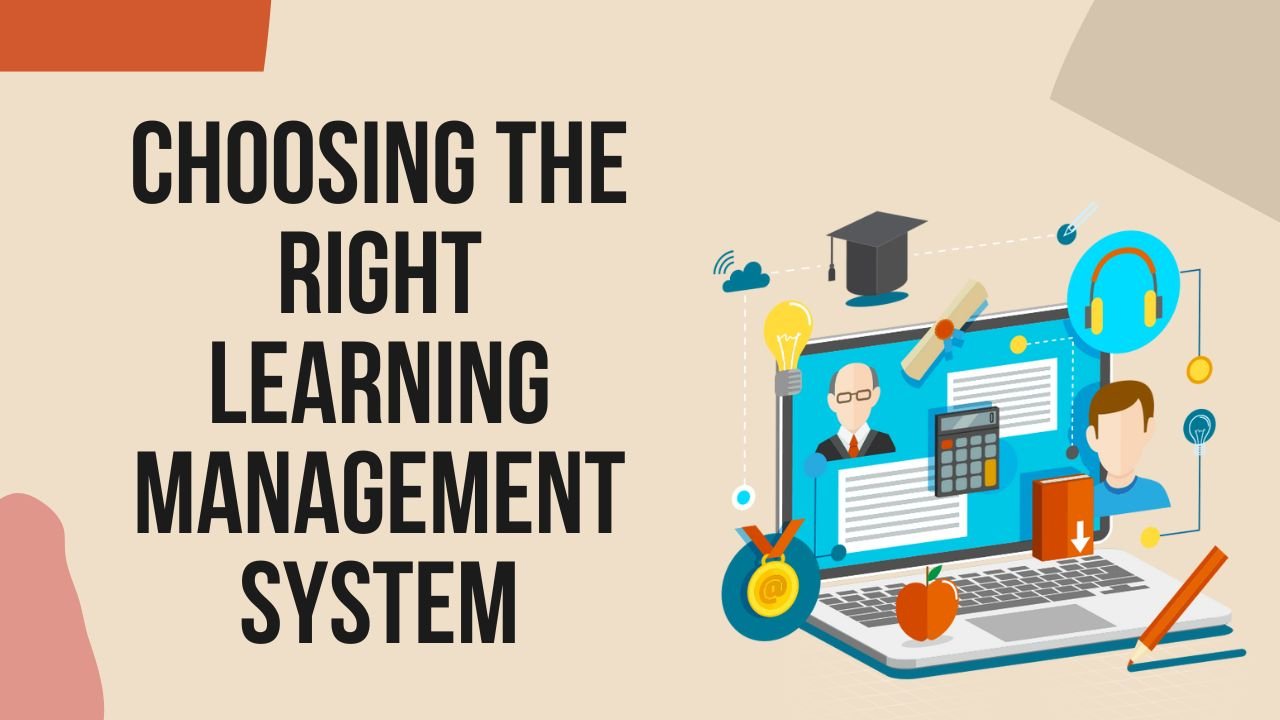Education
A Guide to Choosing the Right Learning Management System

Choosing an excellent Learning Management System (LMS) has become necessary for institutions and organizations. LMS does not just deliver courses; it elevates the learning experience. There are many options, which can make the right choice sometimes hard to make. This guide will help you decide by providing pointers on key factors to look for.
Understanding Your Needs
Before you begin exploring options, you must first understand your specific requirements. Focus on the main objectives behind learning management system implementation. Are you targeting a school, corporate training, or a professional development environment? Different scenarios could require different characteristics. For example, universities may prioritize assessment tools, or businesses may prioritize employee tracking. Identifying these needs will limit the options and allow you to choose correctly.
Assessing UX
User experience is crucial, although it’s subject to debate. A good half of engagement can come from an intuitive interface. The platform should be simple for both instructors and learners to use. Complex systems can also become frustrating and cause users not to take advantage of the system. Testing demo versions of the systems you may use is practical. This approach is a helpful way of understanding its usability.
Evaluate its Customization Choices
Another critical point is customization. The content system can create a more holistic learning experience if there is similar, brandable content. Seek platforms that allow flexible course design so educators can adjust the material for any situation. Having the option to include some media elements can also enhance the learning experience.
Cross-Integration Capability
Integration with the existing tools and systems is essential for smooth functioning. Verify whether the LMS can integrate with other software used in the organization, such as communication tools, databases, or content management systems. This aspect guarantees a seamless process with minimal manual input on data entry, thus saving time and effort.
Mobile Accessibility
With mobile devices everywhere, mobile accessibility is also an important consideration nowadays. Both learners and educators tend to look for content on the go. You can also improve flexibility and engagement using a responsive LMS or a dedicated mobile app. Ensure the mobile experience feels the same as the desktop experience in terms of functionality.
Evaluating Security Features
Protecting secure information is the most crucial aspect, especially for educational platforms. Look for protection systems, such as data encryption, secure login methods, and regular updates. Compliance with privacy regulations is also key to protecting user data.
Examining Support and Education
Successful implementation requires adequate support and training. Evaluate the extent of assistance the provider offers, including tutorials, customer, and technical support. Backed by extensive training materials, a reliable system helps users get the most out of it by quickly getting up to speed and making it easier for people to use.
Cost and Scalability
Budgets are one of the most crucial factors to consider during the decision-making process. It is essential to analyze the cost structure by considering factors such as initial setup fees, subscription models, and hidden fees, if there are any. Also, analyze scalability. An LMS should be able to scale with the organization and accommodate more users and a growing library of courses with little or no added cost.
Feedback and Reviews
Listening to existing product users can be incredibly helpful because it gives you a good idea about what to improve or remove from your product. By reading reviews, you might find common issues that others have or great features that make them great. Forums and user communities are great places to go for real-world opinions. Likewise, connecting with other users might just glean insights on tips and best practices on maximizing its full potential.
Trial and Testing
Ensure you have a trial run before making a decision. Stakeholders can then explore the system’s features and evaluate its compatibility with organizational needs. Invite instructors and students to take part and get feedback from this phase. They will give feedback on whether what you are building is what they need and how they expect it.
Conclusion
Selecting an LMS is an important choice that influences the efficiency and efficacy of educational delivery. Organizations can choose the right LMS feature by factoring in user experience, customization, integration, cost, etc. A system chosen well can effectively serve the purpose of learning and help create a vibrant space for an interactive experience. By properly evaluating options, you will assist in providing a successful implementation for educators and learners.
Read more: LMS Accessibility: Making Learning Accessible To All
-

 Social Media2 months ago
Social Media2 months agoWhat the “67” TikTok Meme Really Means
-

 Tech2 months ago
Tech2 months agoWhat To Do When Your Business Faces Network Vulnerabilities
-

 Self Improvement2 months ago
Self Improvement2 months agoUsing BCBS Rehab to Access Quality Addiction Care
-

 Games2 months ago
Games2 months agoPusoy Strategies for Play That Also Work in Pusoy Dos in English






